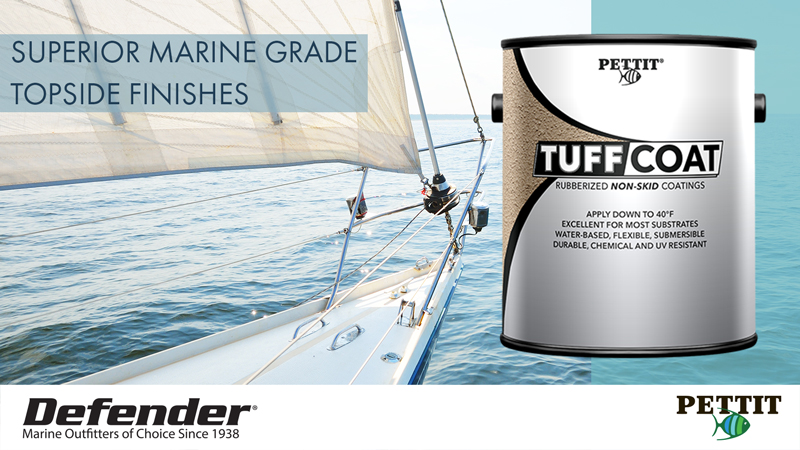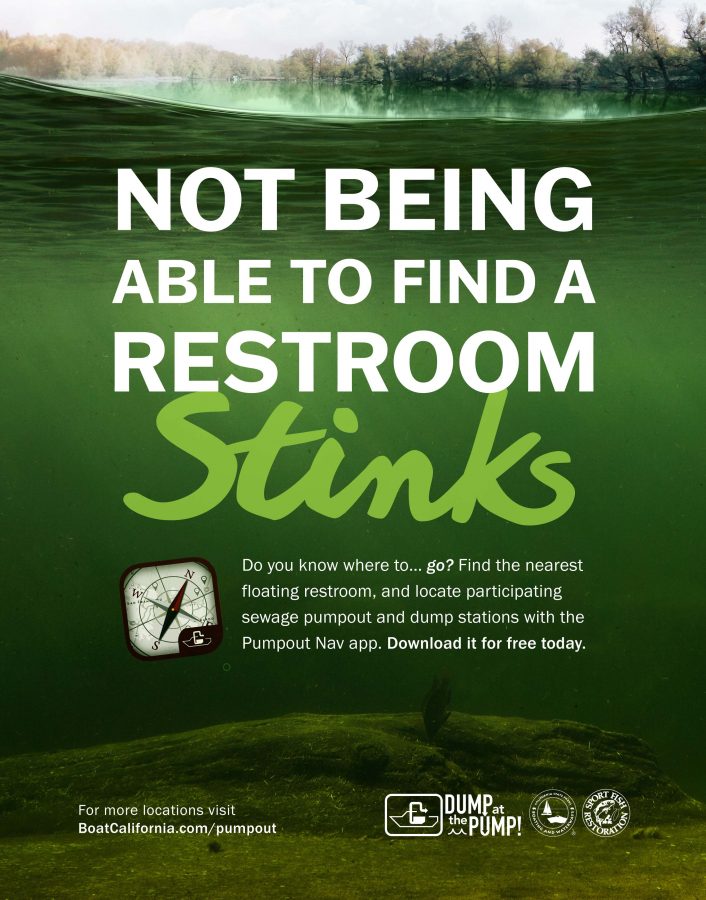
Final Victory for the Honeys and ‘Illusion’ in the Bermuda Race
Last week, when we wrote about the Honeys’ final race aboard Illusion in the Bermuda Race, reader Mike Z wote in comments, “The only way this story could be better is if they won their final race in this old boat and captured the St. David’s Lighthouse Trophy against the world’s best sailors and equipment …” Well, they did it.
Winning the largest division in the race, the St. David’s Lighthouse Division with 108 boats, was Illusion, the Cal 40 owned by Sally and Stan Honey. Illusion’s victory is the fourth time a Cal 40 has won the St. David’s Lighthouse Division, following Vincent Learson’s Thunderbird in 1966 and Peter Rebovich Sr.’s Sinn Fein in 2006 and ’08. Racing with 1984 Olympic gold medalist Carl Buchan (Seattle, WA), fellow Cal 40 owner Don Jesberg (Belvedere, CA) and multitasker Jonathan “Bird” Livingston (Richmond, CA) as bowman, Illusion completed the 635-nautical-mile course with an elapsed time of 87h:01m:33s, good for a corrected time of 51:02:13 and a decisive victory of more than two hours over Andrew Clark’s (Greenwich, CT) J/122 Zig Zag. Jim Murray’s (Lake Bluff, IL) Pac52 Callisto, the divisional line honors winner, finished third, just 15 seconds astern of Zig Zag on corrected time.
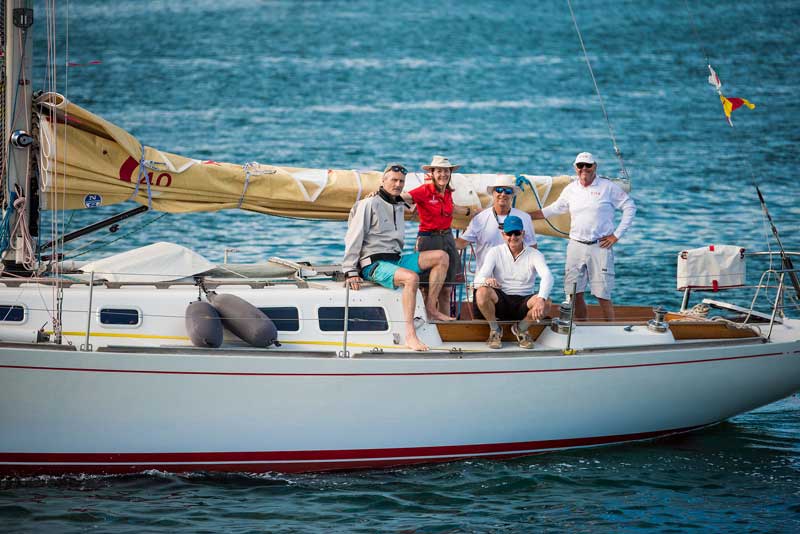
Sailing their “final hurrah” in Illusion (they’ve sold the boat to Stan’s nephew), Sally Honey said it was the perfect ending to an illustrious 33-year run with the boat.
“The conditions were perfect for our boat, and we had a pretty good navigator onboard,” Sally said, referring to her record-setting husband, Stan. “Stan chose a really good course, and the conditions were just what the boat loves, heavy-air reaching. A lot. We got into a Gulf Stream eddy and stayed in it for about seven hours. That gave us a good boost. We managed to stay in the wind most of the way down. We had a couple of light spots, but nothing like the later boats.”
Sally Honey said that they hit a top speed of 22 knots with Buchan on the helm Saturday night. She woke up the sleeping crew with hoots and hollers of excitement, but otherwise they spent most of the race with the wind on the beam.
“We didn’t have that much water on the deck,” said Sally. “When reaching, the boat heels right over and the more wind you get the faster she goes. Really, it was a dream trip, fabulous. I wouldn’t change anything.”
It was a fast, rough year for the Bermuda Race, with conditions that suit this West Coast crew and boat. While we’ll miss the many stories we’ve shared of the Honeys and Illusion, it’s a fitting final victory lap for the boat and couple aboard their legendary Cal 40 Illusion.
See the full race results here.
Team Pure and Wild Rings the Bell in Ketchikan
Yesterday, June 21, the three lads of Team Pure and Wild celebrated the first day of summer by ringing a certain bell in a certain town in Southeast Alaska. The following is extracted from the Race to Alaska’s press release.
After a run under sunny skies, Team Pure and Wild sailed into Ketchikan to the sound of cheers and applause. It was just 4 days, 4 hours, and 32 minutes after they left Victoria, BC.
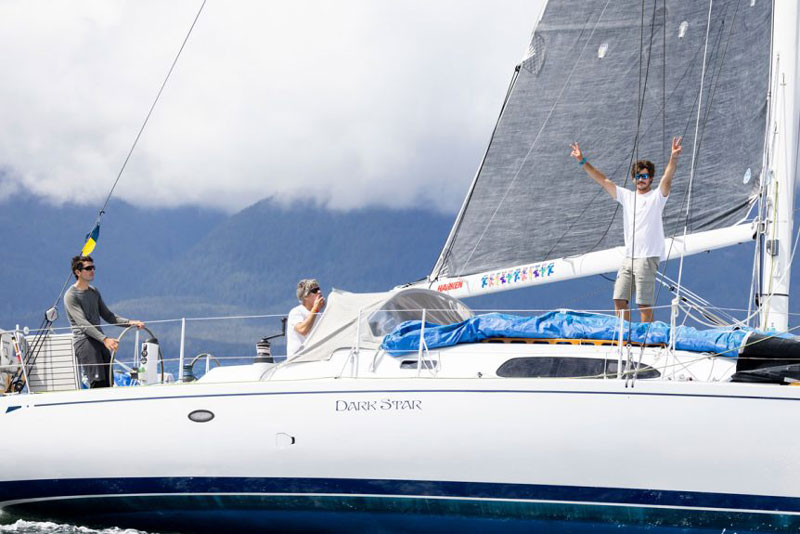
Jonathan McKee, Matt Pistay and Alyosha Strum-Palerm rang the bell, drank the beers, kissed their loved ones, and offered thanks. There were cameras and microphones (so many cameras and microphones), questions and stories, and crowd-wide curiosity about what had happened in the last 750 miles.
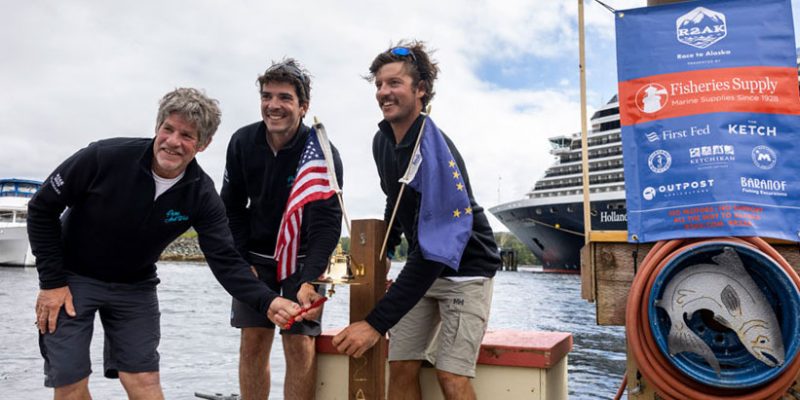
Olympic and otherwise accomplished sailors on a fast, custom, proven vessel finished not just first but more than a time zone ahead of the nearest competitor. Their downwind, down-current sleigh ride in the sun ended in $10,000.
You may recall that Team Pure and Wild chose the Pacific Ocean route, taking Vancouver Island to starboard. From pounding into big seas for the length of said island, a sketchy full-send shimmy out the bowsprit to retrieve a wayward tackline, and the log strike in Hecate, to shredding their spinnaker when they took it down on the final night, there were plenty of occasions to rise to. One night it was so rough and uncomfortable that at least one of them got seasick despite his many ocean miles. “I ate a Dramamine then immediately puked.” But these moments of challenge weren’t survived, they were executed.
Were they tired? Sure. Their crew had been sleeping three hours out of every nine since the race began. Three hours to sleep, three at the helm, and three to make food, help out on deck, and do chores.
Secret Weapons
As much as their experience manifested in their ability to sail fast and safely, Team Pure and Wild had two secret weapons: real food and ballast. The ability to have relative comfort has an underrated importance in a race as long as this. The pizza, lasagna, chili and chicken fingers that they ate for breakfast, lunch and dinner had the calories and sustaining comfort to keep them going.
Secret weapon #2: ballast. Enabled by R2AK’s Wild West rules, the team’s ability to move weight from low side to high side played a huge role in their performance. The Riptide 44 Dark Star has built-in water ballast: port and starboard tanks that allow you to fill the windward tank with water to counterbalance the force of the wind and keep the boat flatter and faster. Short-course race boats use meat ballast: humans who clamber side to side between tacks. The water-ballast system allowed Team Pure and Wild to drive big-boat performance with a shorthanded crew.
Champions of spirit and of deed, Team Pure and Wild is sailing to raise awareness and funds for SeaShare, a nonprofit that works with the fishing industry to get seafood’s high-quality protein into food banks and other food assistance programs.
A few items from yesterday’s numerically themed fact sheet:
- 36: Minutes Team Pure and Wild missed getting the R2AK World Record for fastest monohull. (2019’s Team Angry Beaver – Skiff Sailing Foundation holds the record: 4 days, 3 hours, 56 minutes).
- 1: Number of people who have taken first place in multiple R2AKs (Matt Pistay: 2019, 2022).
- 18.83: Least mileage of any team so far in a 24-hour period (Team Dark Star; not to be confused with Team Pure and Wild’s boat name, which is also Dark Star).
- 183.3: Highest mileage of any team so far in a 24-hour period (Team Pure and Wild).
- 25%: Of full race teams have dropped out.
Check the tracker to see where the 24 teams remaining in the race are: https://r2ak2022.maprogress.com. As of this morning, Team Elsewhere, sailing a Soverel 33, appears to be closing in on the second-place steak knife set.
Defender — Supplier of Marine Grade Topside Finishes
State-of-the-Art Finishes
Pettit’s Tuff Coat Non-Skid Coating is designed to provide a highly durable and impact-resistant, textured layer to your boat, deck, or dock to reduce slippage on all your marine surfaces. Find it at Defender.
Good Jibes With Mary Menninger: Following Your Sailing Passion
Welcome back to Good Jibes. This week, Moe Roddy hosts our 45th episode, a chat with Mary Menninger about “Following your sailing passion.” But first, we’d like to say thank you to all our readers and listeners who have tuned in to Good Jibes. We’re excited to tell you we’ve reached 30,000 downloads since the program’s launch on August 25, 2021! Now, about that podcast …
Lifelong sailor Mary Menninger is an accomplished racer and cruiser who taught a program for students interested in the marine industry, and volunteers at Treasure Island Sailing Center. Her father, George Griffith, is the “Father of the Cal 40.”
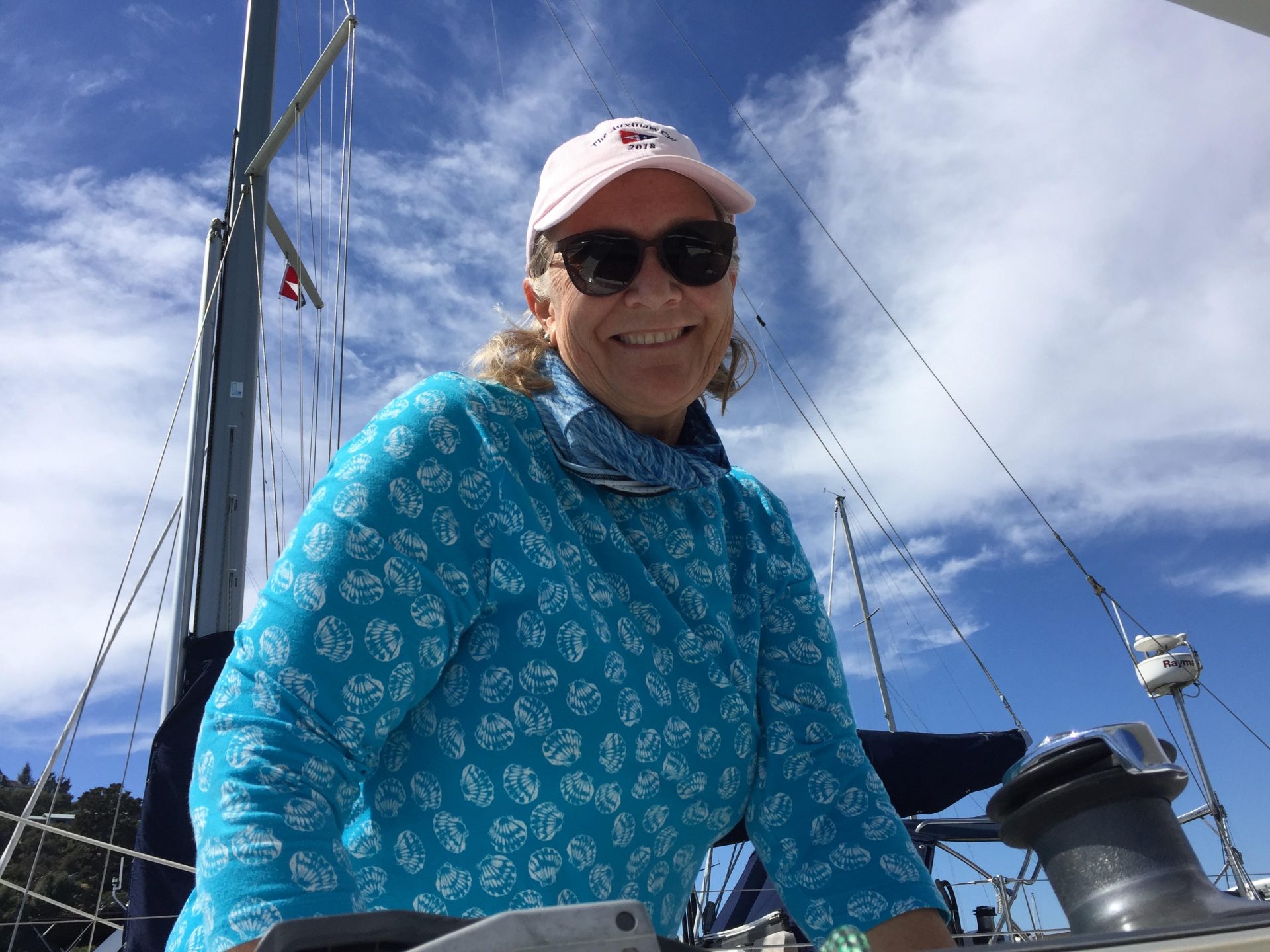
In this episode, hear Mary’s best sailing advice, what she learned from her dad, how to make sailing available to more people, how to give back to the next generation of sailors, and why sailing satisfies the human need for adventure at the deepest level — everything from growing up in a sailing family to volunteering in the sailing world.
Here’s a small sample of what you will hear:
- Was it an idyllic childhood?
- What role did Mary have on the boat?
- Did her dad really draw the original Cal 40 on a napkin?
- Why did he build a power boat?
- What was the program Mary started for future mariners in Southern California?
- How did she start volunteering for the Treasure Island Sailing Center?
- What kinds of boats did her family have when she was a kid?
- Short Tacks: Sailboat vs. Power Boat?
Learn more and volunteer at TiSailing.org.
Thanks for listening to Moe Roddy and Mary Menninger on Latitude 38’s Good Jibes. Subscribe here to have Latitude 38 delivered to your home each month.
S.F. Bay Turns On Its Best for Summer Sailstice Weekend
You’d be hard-pressed to find a better June day of sailing on San Francisco Bay than this past Saturday of Summer Sailstice weekend. It was spectacular — T-shirt and shorts all day under clear blue skies and a warm 12-15-knot breeze just about everywhere on the Bay. The racing scene was active with the nine-club Lipton Cup racing on the Knox course, the YRA Summer Series racing at Southampton, the StFYC Opti Heavy Weather Regatta enjoying pleasant conditions on the Cityfront, San Francisco Yacht Club hosting their own club race, and BAMA’s Doublehanded Farallones race fleet doing a loop around the “Devil’s Teeth.”
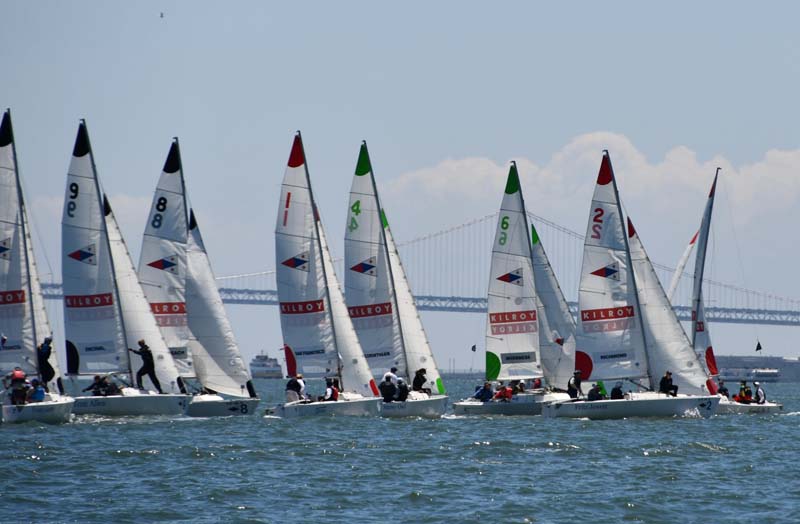
For ourselves, we just went sailing. We joined the spectators cheering on the Lipton Cup racers, then headed out toward the Gate in flat, warm-water sailing. Then it was the lazy lunchtime sail down Raccoon Strait, where we crossed tacks with friends, the Gridleys on their Sabre sistership Agea. A long, comfortable reach up toward the Richmond Bridge past very few boats anchored in Clipper Cove and, on the way back up Raccoon Strait, we noted very few boats in Ayala Cove.
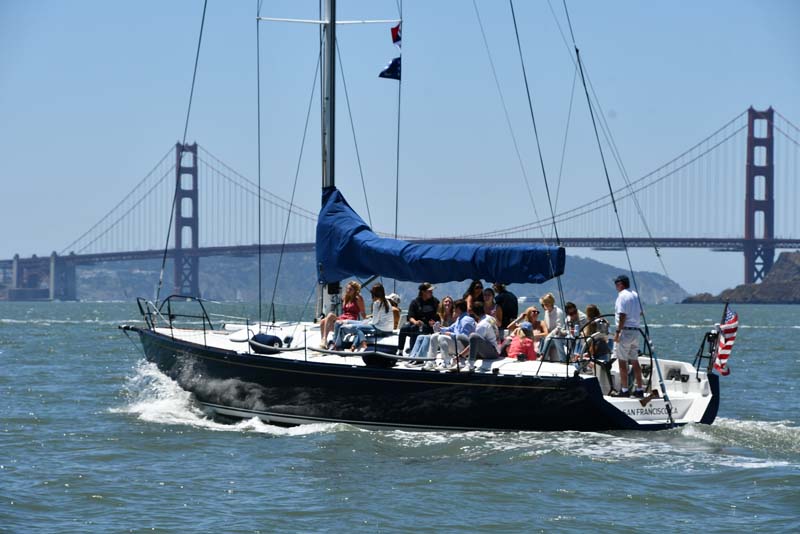

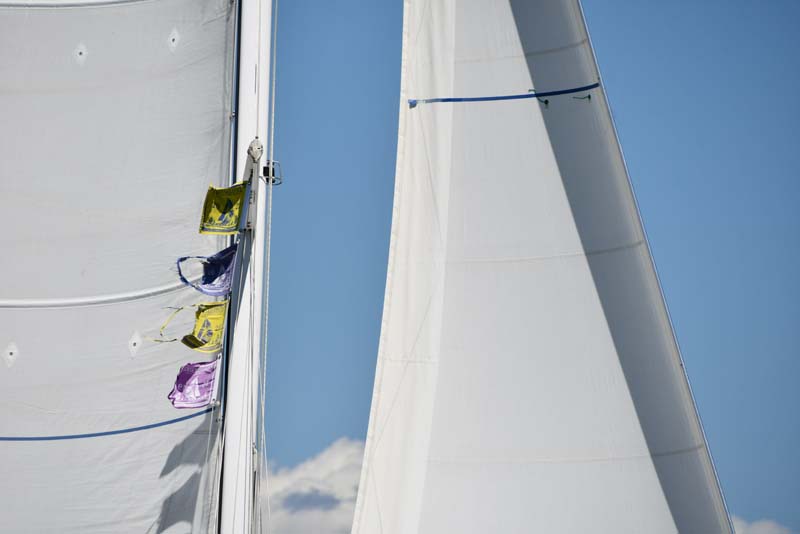
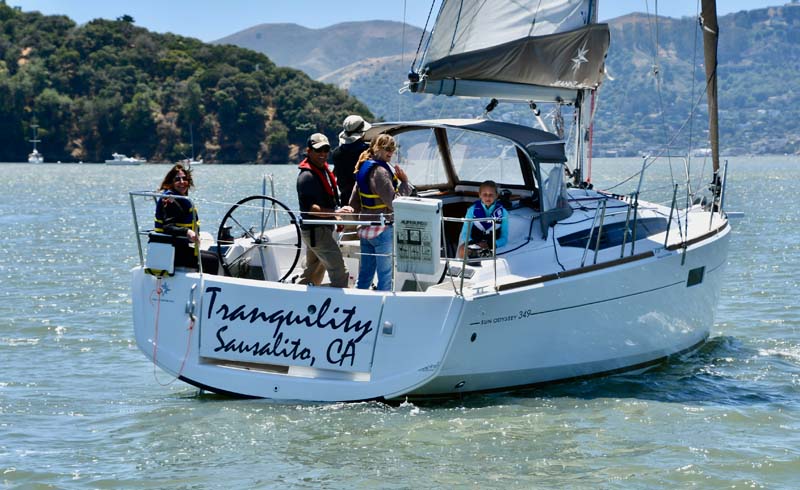
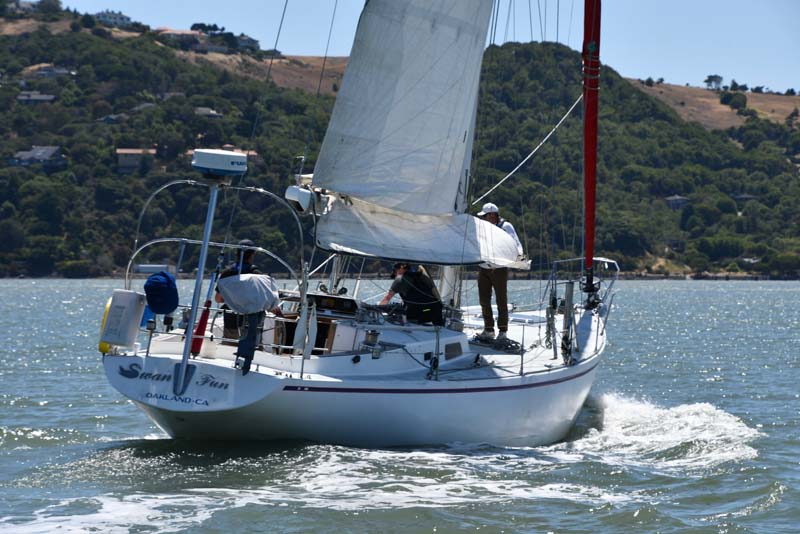
Summer Sailstice wasn’t only on San Francisco Bay. Sailors around the globe, from Japan, Hawaii, Ireland, Mallorca, Alexandria (Egypt), the Marquesas, Colombia, Mexico, British Columbia, Guatemala, across the States and more, joined us for the longest Saturday of sailing closest to the summer solstice. So now, with the passing of Summer Sailstice and the solstice yesterday, summer has officially started. What’s planned for your summer sailing sessions? Up the Delta with the Delta Doo Dah? Prepping for the Baja Ha-Ha? Cruising to Petaluma or the Channel Islands? Learning to wingfoil or keeping on racing all year long?
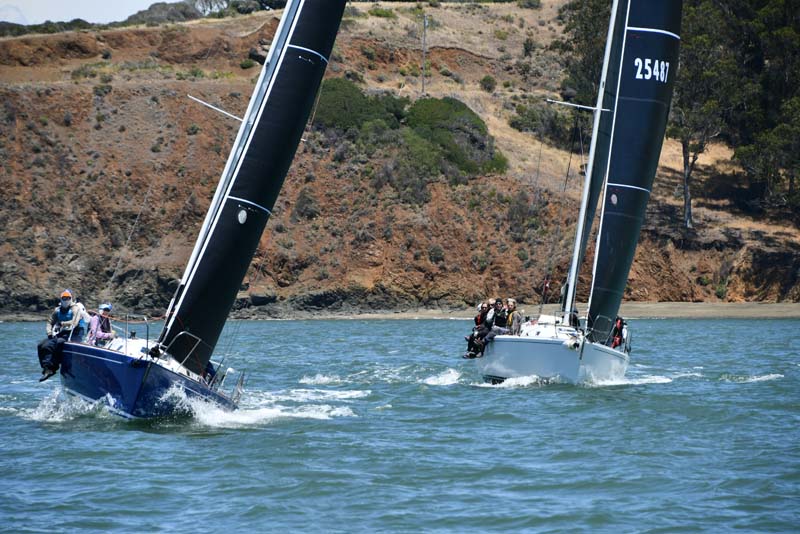
If you’re racing, we remind you to keep track of the number of races you race and the number of crew you take out. The Wosser Trophies are up for grabs for 2022, with the Jake Wosser Trophy going to the winner of the largest one-design regatta held on San Francisco Bay this year. The Ruth Wosser Trophy goes to the owner whose boat has raced (or started) in the most individual YRA- sanctioned or Coast Guard-approved race days in a year, and the Susie Wosser Trophy goes to the owner who takes the largest number of different people racing on his/her boat during races on San Francisco Bay in that year.
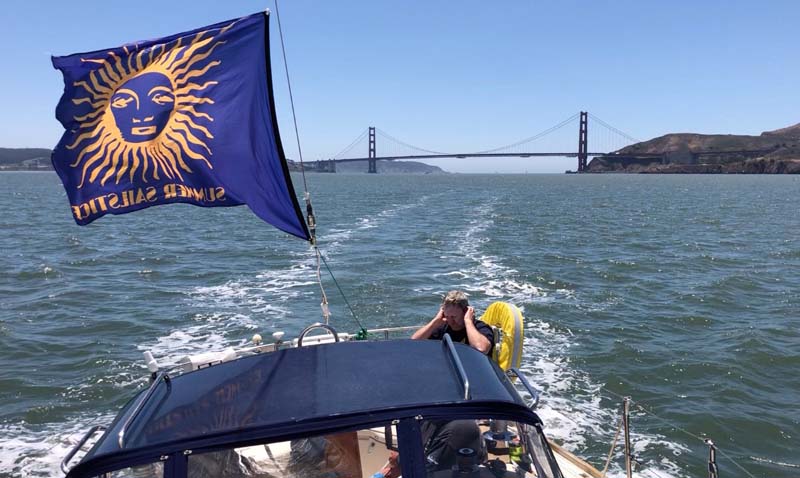
There are plenty of great reasons to sail more in 2022, and if we missed you on Summer Sailstice this year, you can put it on your calendar for next year — June 24, 2023.
See you out there.
Solo Vendée Arctique Is No Joke
On April 1, 2006, the Bay Area Multihull Association ran an ocean race with an interesting course choice: Course A was to take Attu Island in the Aleutians to port and return to San Francisco. (Course B was somewhat shorter: just go around the Farallones.) It looks as though IMOCA and the Vendée Globe people have stolen that idea with the Vendée Arctique.
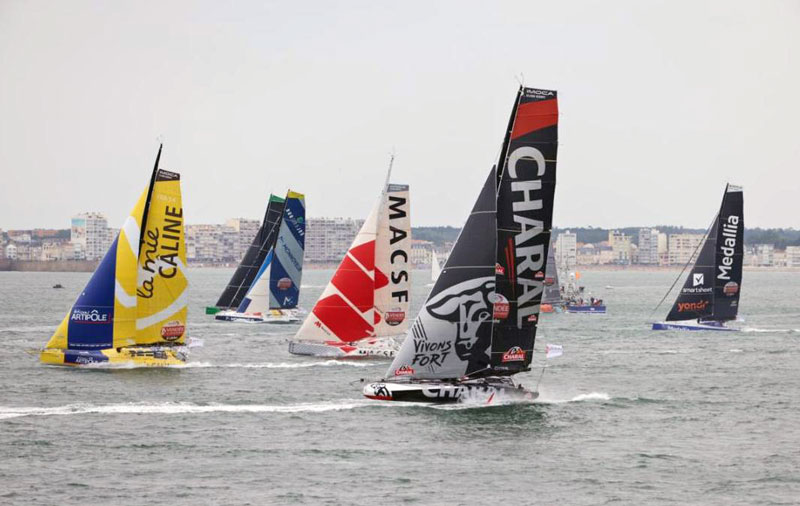
The course starts at Les Sables-d’Olonne in France and takes Iceland to port before returning. This race is a qualifier for the around-the-world Vendée Globe due to start in 2024. The Vendée Arctique course is a difficult combination of Atlantic highs and lows. It started on June 12 with 25 singlehanded sailors on the line. All the boats are IMOCA 60s but of varying vintages and a mixture of new, fully foiling designs that have large boards, smaller boards on some older boats, and straight daggerboard boats that can’t foil.
Race director Francis Le Goff mentioned that the course levels the field between such diverse boats. “It will be very interesting to see how the foilers and the straight daggerboard boats perform in the first part of the course. There is a strong possibility that the straight daggerboards can do well in the lighter weather conditions.” Off Ireland after a nice fast reach, the boats slowed down in light wind. “While most of the fleet is being challenged by a lack of wind, I decided to have my own challenges yesterday evening,” said Pip Hare on Medallia.
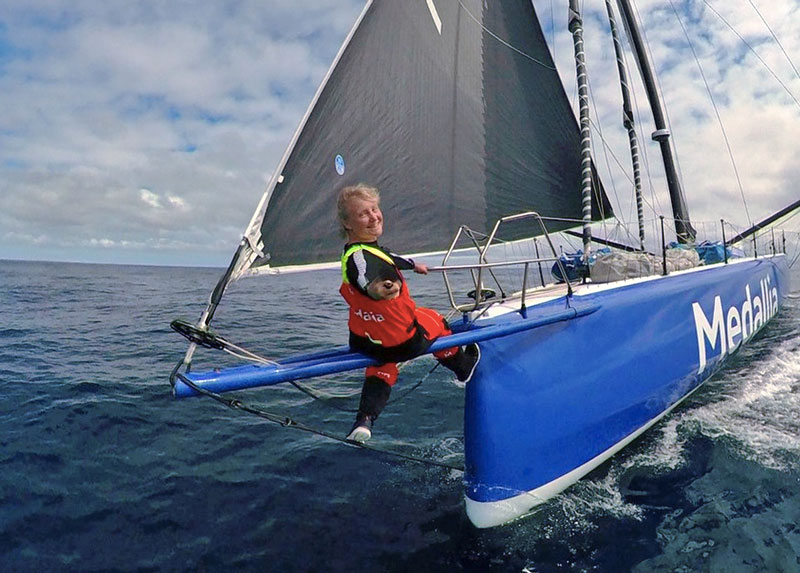
Pip Hare is one of two women in the race. She’s sponsored by a San Francisco tech company. And her problems turned out to be tech-related. “At about 1800, I was out on deck and the boat tacked on its own. No great emergency, as there was only 7 knots of wind, but obviously the autopilot had encountered a problem. I had been having some glitches with data pathways through the boat, but thought we had solved them. All the instrumentation also turned off immediately.” She was able to fix things, but these boats are very complicated and each skipper has to be fluent in many different skills.
All was going to plan for the race until a low-pressure system formed right between Iceland and the fleet. The race committee decided to shorten course and set a virtual finish mark off the southeastern tip of Iceland. But by then most of the slower boats had been hit hard by the front.
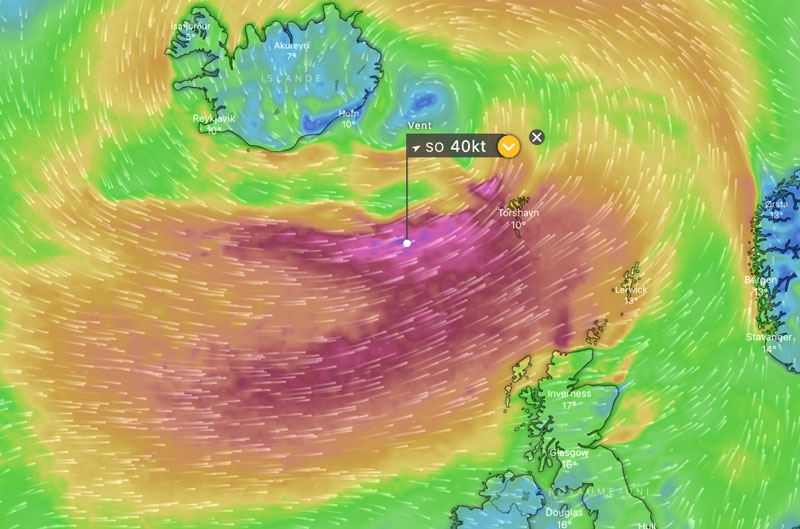
“The hours that followed confirmed the knockout caused by the depression, which was particularly violent when approaching the finish in heavy upwind sailing,” wrote the RC. The damage was increasing in the fleet: mainsails torn for Isabelle Joschke (MACSF) and Giancarlo Pedote (Prysmian Group), heavily damaged sail set for Conrad Colman (Imagine), serial problems for Kojiro Shiraishi (DMG MORI Global One), and a damaged hydrogenerator for Romain Attanasio (Fortinet-Best Western). “I thought I would never cross the finish line,” remarked an exhausted Attanasio. “It was the hardest thing I’ve done on a boat.”
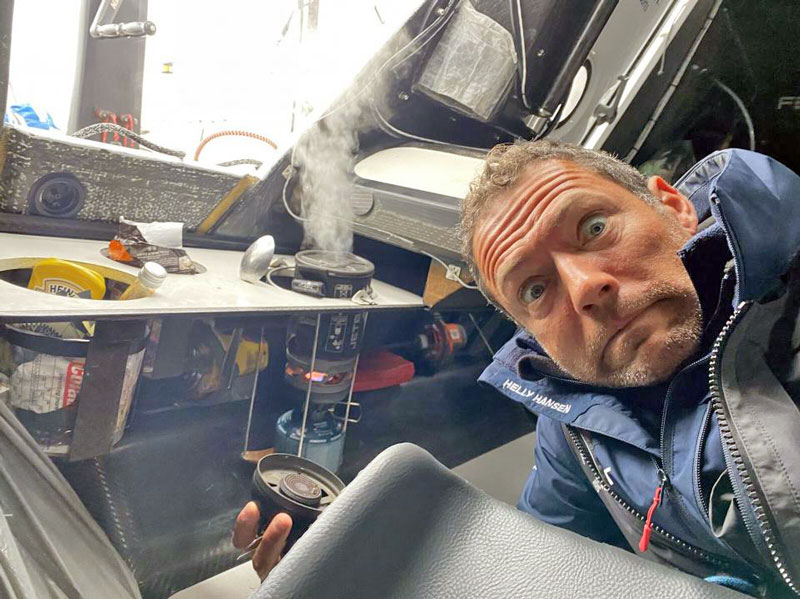
in the Bay of Biscay during a storm and had to be rescued. His first IMOCA race was in 2015, and he raced in the 2016 Vendée Globe.
Although this year’s race was hard on the competitors and organizers, they plan to keep it in the schedule for the future. See www.vendeearctique.org.

